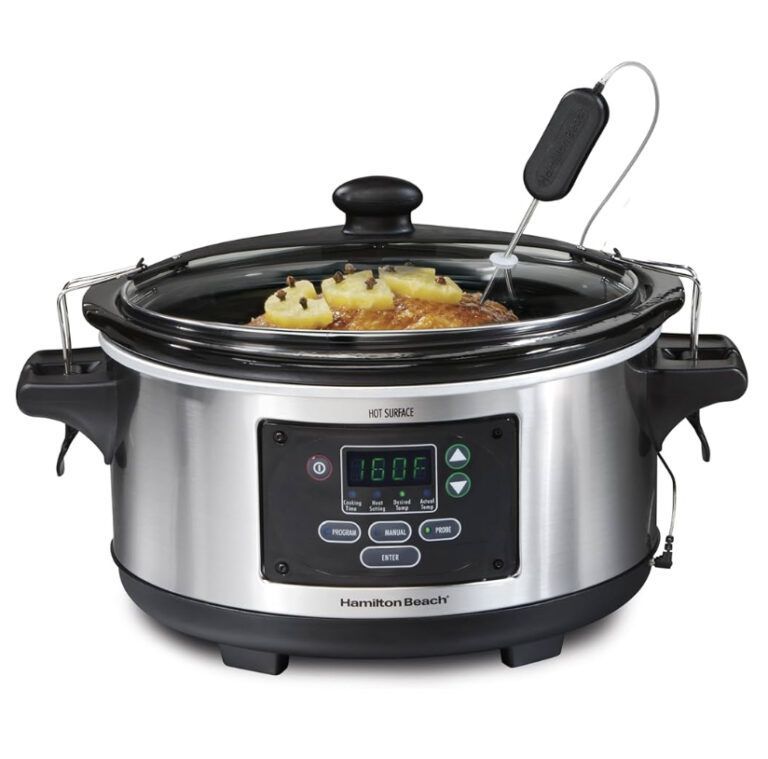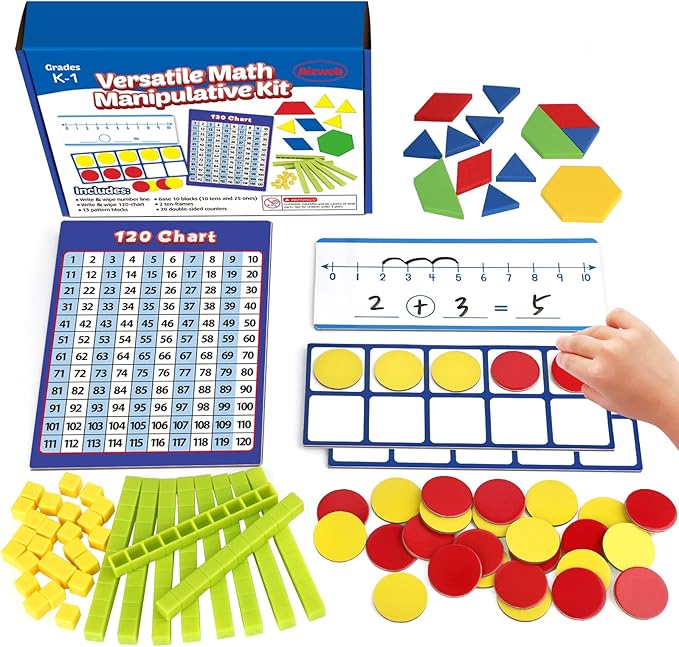By Joy at the Southern Schoolhouse

It is that time of year again; or maybe a year has passed since your child qualified for special education through the referral process. You open the bookbag or email and find an invitation to your child’s annual IEP meeting. If your child has qualified for an IEP, you will be invited to this annual meeting. What can you expect?
Most annual IEPs (Individualized Education Program/Plan) across the country will follow a similar format. You should receive an invitation as well as a reminder for the meeting. This will ask for a signature or confirmation, letting the team know you will attend the meeting.
Once the team assembles for the IEP, introductions will be made, the purpose of the meeting stated, and roles assigned. The required parties include a regular education teacher, a special education teacher, and an LEA (Local Education Agency) representative. The LEA is typically a school administrator. The school psychologist, and any related service providers such as the speech or occupational therapist may also be invited depending on your child’s related services, but their attendance is not required.
The paperwork will then be presented, typically beginning with the student’s strengths. This is a great place for you as the parent or guardian to add things the school may not see or know about your child.
Parent/Guardian concerns as well as the vision you have for your child will also be discussed. It is okay to let the team know your concerns. It is also okay if you do not have any concerns. This is your opportunity to share.
Typically next, present data levels will be reviewed and updated. These can include multiple data points such as formal assessment data, progress monitoring data, classroom work samples, classroom assessments, observations, and/or informal weekly teacher data. This informs the team as to how the student is progressing toward their individual goals.
Once data is presented, special factors may be reviewed. Examples of these factors include visual or hearing impairments, speech impairments, behavioral issues, language differences, etc. and how these factors are addressed. Please remember you may be asked to update any relevant medical information at this time.
Annual goals will then be updated. Typically the teacher will create these proposed goals ahead of time, after reviewing the current data. The goals will be measurable and relevant, addressing the areas in which the student qualified for specially designed instruction.
After the annual goals are reviewed and agreed upon, service times and setting will be proposed. Typically you will see the number of times per week/month, the amount of time, and the setting in which the services will be provided. The setting can vary depending on the student’s needs. The setting can be inclusion (in the regular education classroom), in the special education classroom (pull out), or in more extreme cases, the hospital or home.
This is also the area in which related services and delivery times will be documented. Some examples of related services include speech and language, occupational therapy, physical therapy, etc. These services cannot be just added, the child must qualify for them.
After the yearly goals and service times are reviewed, classroom, testing, and school day accommodations will be proposed. These typically do not change much from year to year but can be modified or removed as your child grows. They are tailored to your child’s individual needs and should be viewed as a way to help your child grow, not impede that growth. Accommodations and modifications the team may suggest can include things such as extended time, read aloud, preferential seating, modified assignments or materials, visuals, etc. Again this is not a conclusive list. These accommodations and modifications are specific to your child needs as determined by the current data.
After the IEP paperwork is completed, a document called the Prior Written Notice (PWN) will be reviewed. This document will be a review of all things discussed or presented in the IEP meeting. The IEP and PWN will then be printed and signatures of the team obtained. You will be given this paperwork as well as offered a copy of your Parent Rights and Responsibilities Handbook, linked here for your convenience.
That concludes a typical annual IEP meeting format. It may vary slightly, but the same components should be reflected within the meeting. Throughout the year, you will get a progress report outlining the progress made on your child’s goals. We at Southern Schoolhouse send ours with the regular education report card. We find this helpful for parents and students. It helps to celebrate individual growth, even if this is not always reflected in the grade level report card. Above all, as we go through this process, remember the IEP is a team effort and the end goal for all involved is growth for your child.









